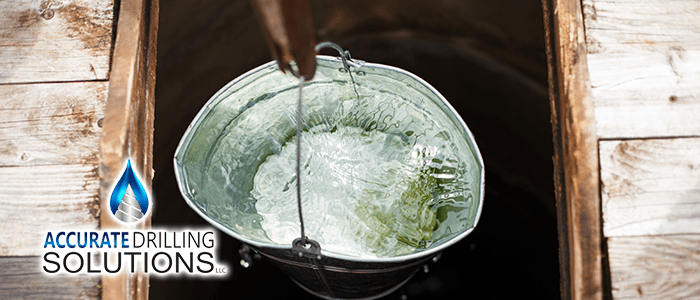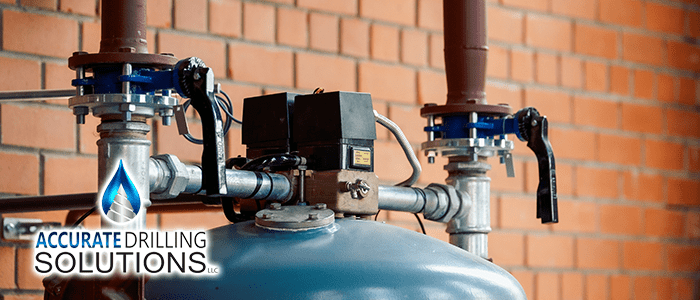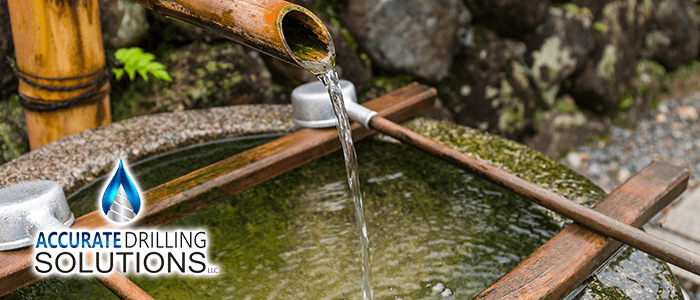
Well Cap Maintenance
Many people with well water systems know how important it is to maintain the pump, but what about the cap? Many water well problems are indeed due to deep well issues, but problems at the top of the well are also common. Some common issues even involve electrical problems at the well cap. For example, the insulation on wires installed over the top of the casing can wear away. This can present an electric shock risk. Because of this, you should always shut down the power running to your well before servicing the cap. What else can we do to avoid common well cap issues? This article will go over some of the best practices.
Make Sure It’s Sealed
Well caps must be secure over the casing, and there should be a firm seal. If your well cap happens to go missing or becomes damaged, don’t settle for a homemade solution. Replace it. Any gap in the seal will allow pests to enter and occupy the well. Anything from mice to rats can squeeze in and build nests, damage your well, and cause problems. Whether they chew through wires or rest for the winter, they don’t need to be there.
If a family of mice moves into your well, it’s easy to imagine all the problems that can arise. Mice are not sanitary creatures. They carry the bacteria of everything they touch everywhere they go. While your filtration system will likely protect you, you shouldn’t take chances. Mice present a very real risk for hantavirus. You may consider shock chlorinating your well after an animal infestation. Always consult a professional after clearing out an infestation.
You should also avoid installing shrubbery or decorations around your well. The reasons are the same: Structures and bushes attract animals. A proper well has greenery trimmed and removed and is free of debris. For added security, you can even invest in a vermin-proof well cap.
Raise Your Wellhead
If you have an older well, your wellhead may be underground. If this is the case, you should have your well located and excavated. You should then update your well so that the casing is above ground. This is especially true if you are in an area prone to hurricane damage and flooding. After all, you can’t maintain what you can’t see.
Avoid Silicone
If you find you have a damaged seal, it may be tempting to caulk it up. This may suffice as a temporary measure until you can repair the seal, but it’s easy to forget about. A silicone seal will fail sooner rather than later and may not be airtight. Vermin can bite through them with relative ease.
Do I Need a Professional for My Well Cap?
If you have a damaged well cap, you should seek professional service immediately. The seal and security of your well cap are vital to the integrity of your water supply, so you want it done right. A professional will also notice a greater range of issues, but you should stay vigilant. Check your cap regularly – And be especially sure to check the seal.
Avoiding bad practices and getting help when you need it will help your well cap last long. Damage may be inevitable, so your response needs to be quick. To recap:
- Keep your well cap clean
- Keep your well cap free of debris and plants
- Inspect your well cap regularly
- Make sure the seal is tight
- Don’t use silicone as a permanent repair
- Get professional help at the first sign of trouble
continue reading
Related Posts
Addressing Water Pressure Issues in Wells: Expert Solutions Water pressure
Benefits of Water Filtration Systems for Well Owners in Central
Essential Tips for Conserving Water with Your Private Well Are





